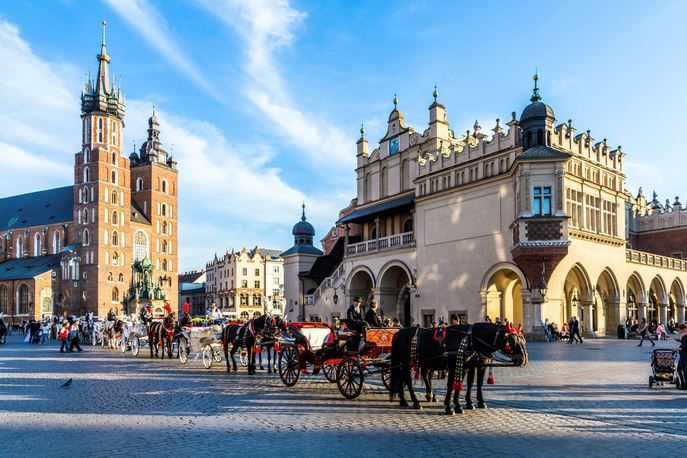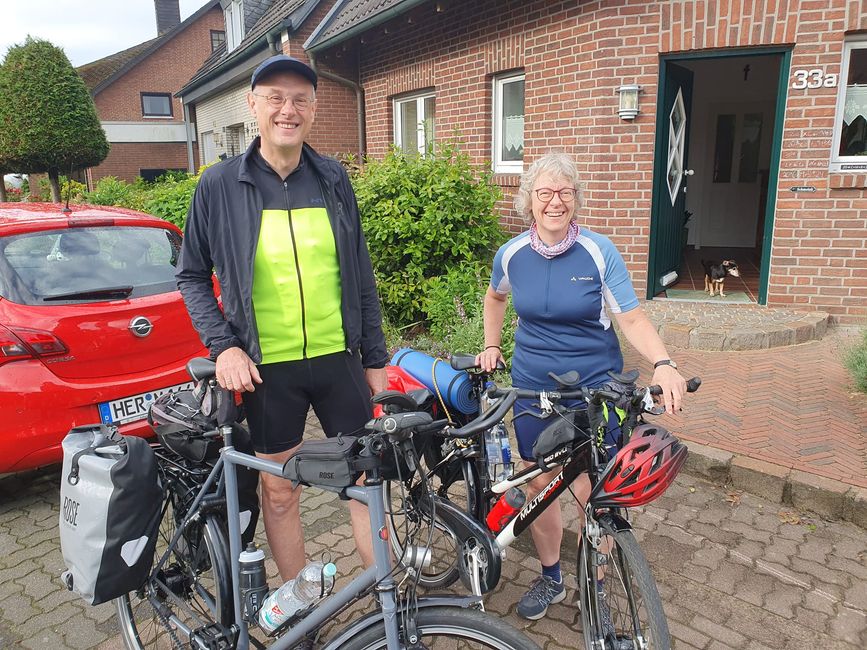12. Tag: von Walbrzych nach Legnica
പ്രസിദ്ധീകരിച്ചു: 07.06.2024
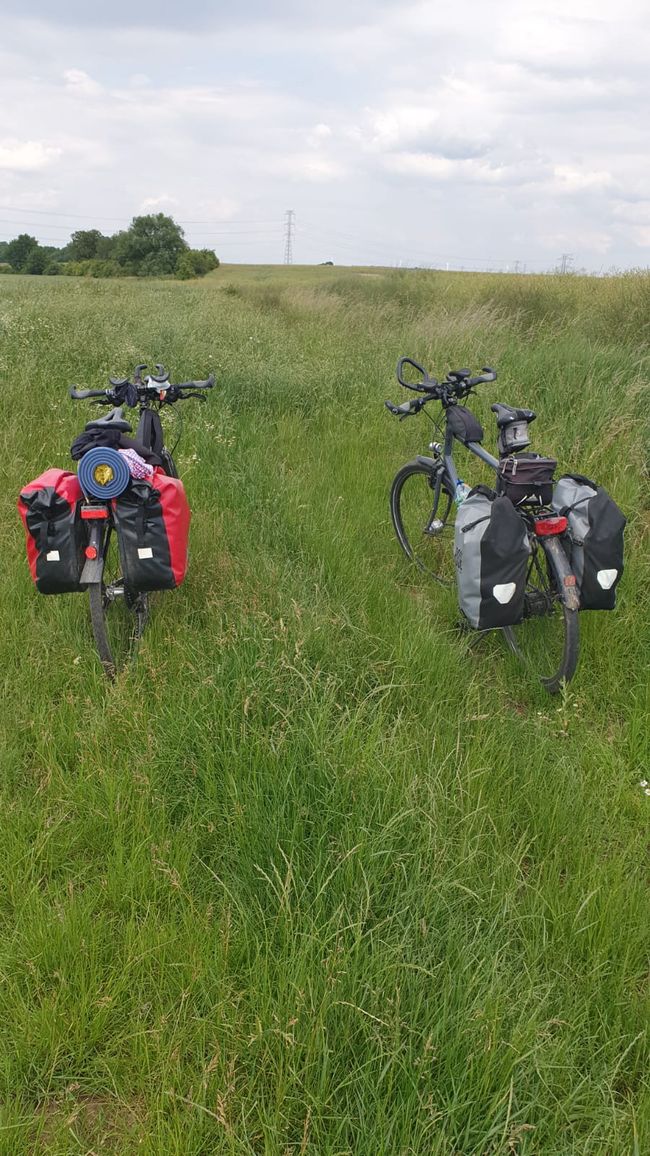
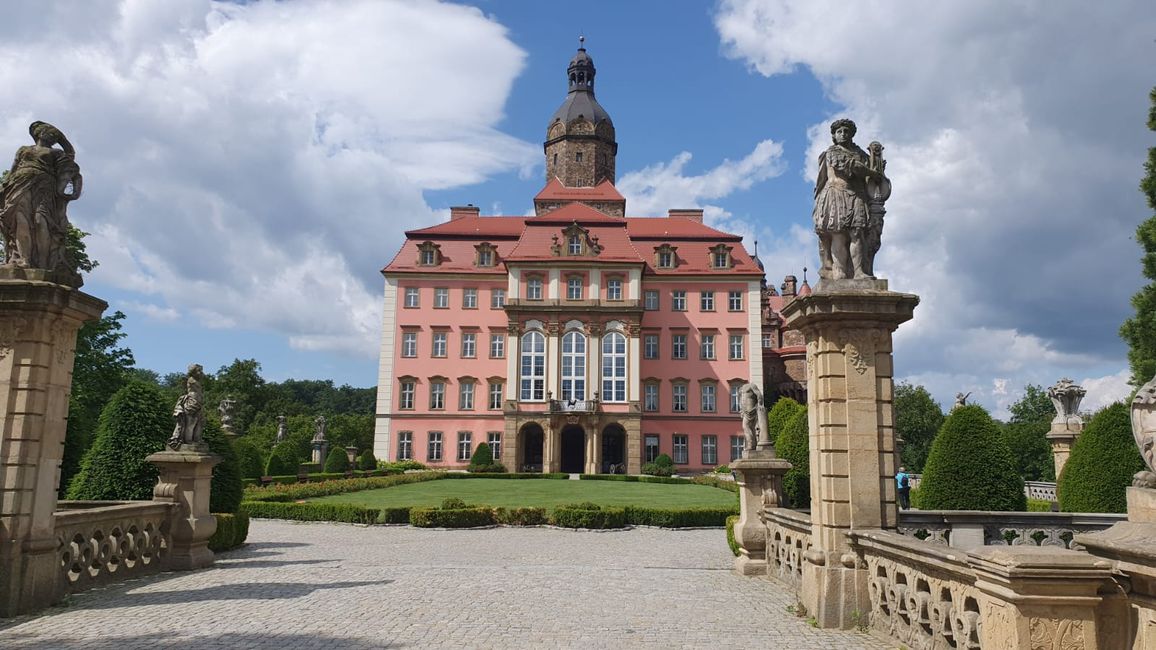
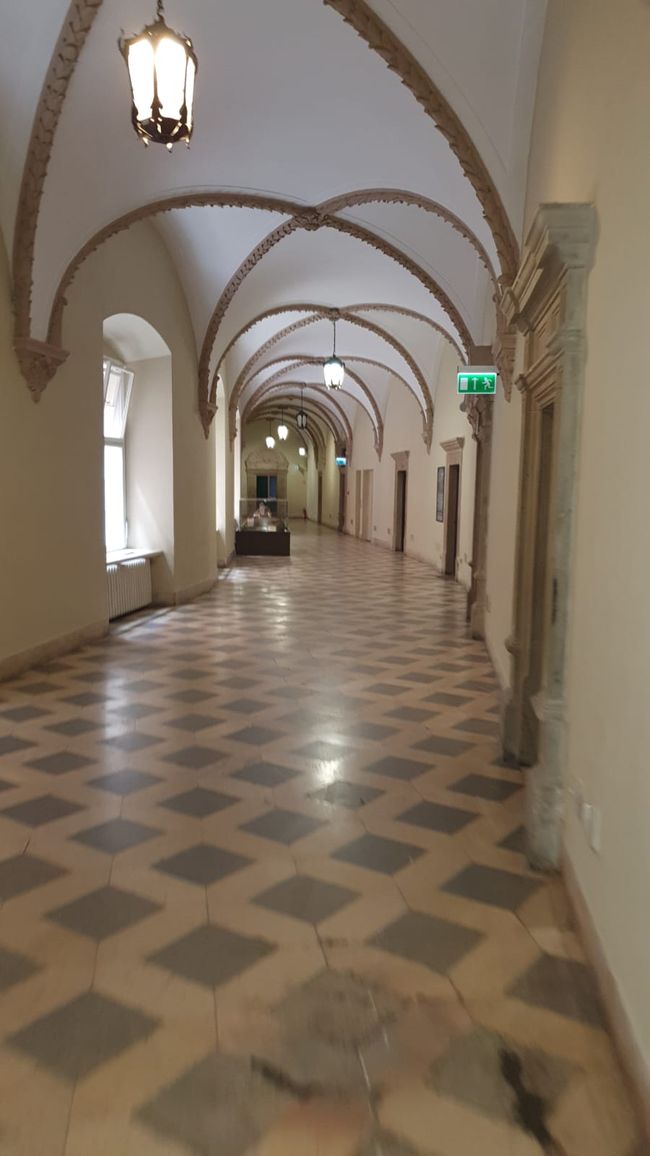
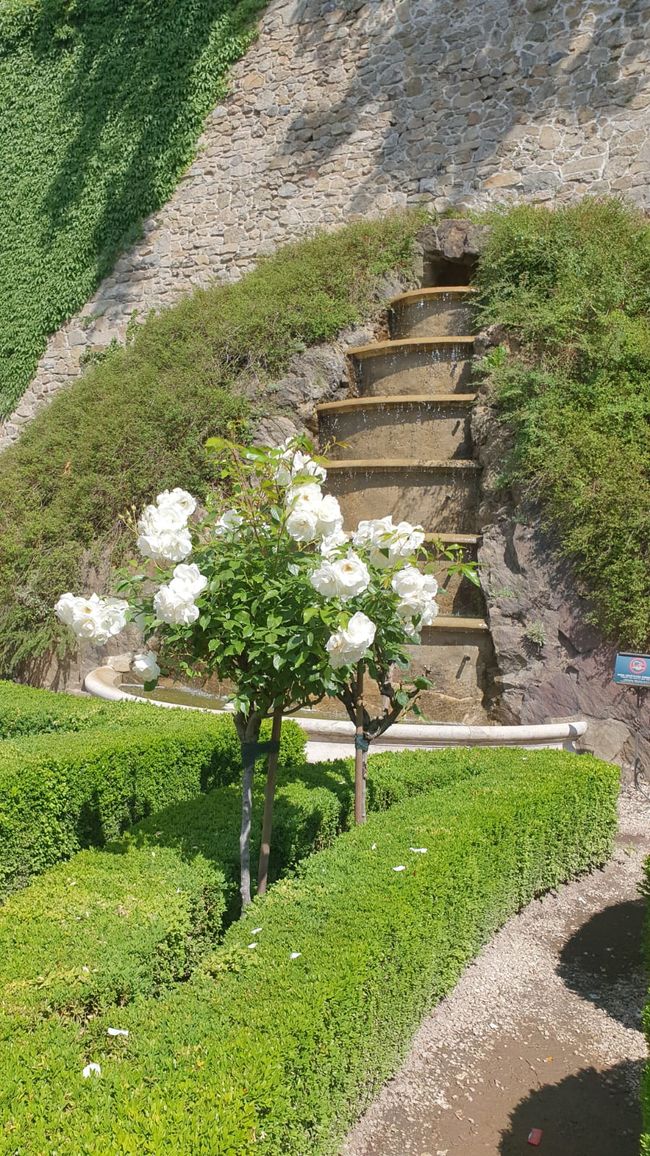
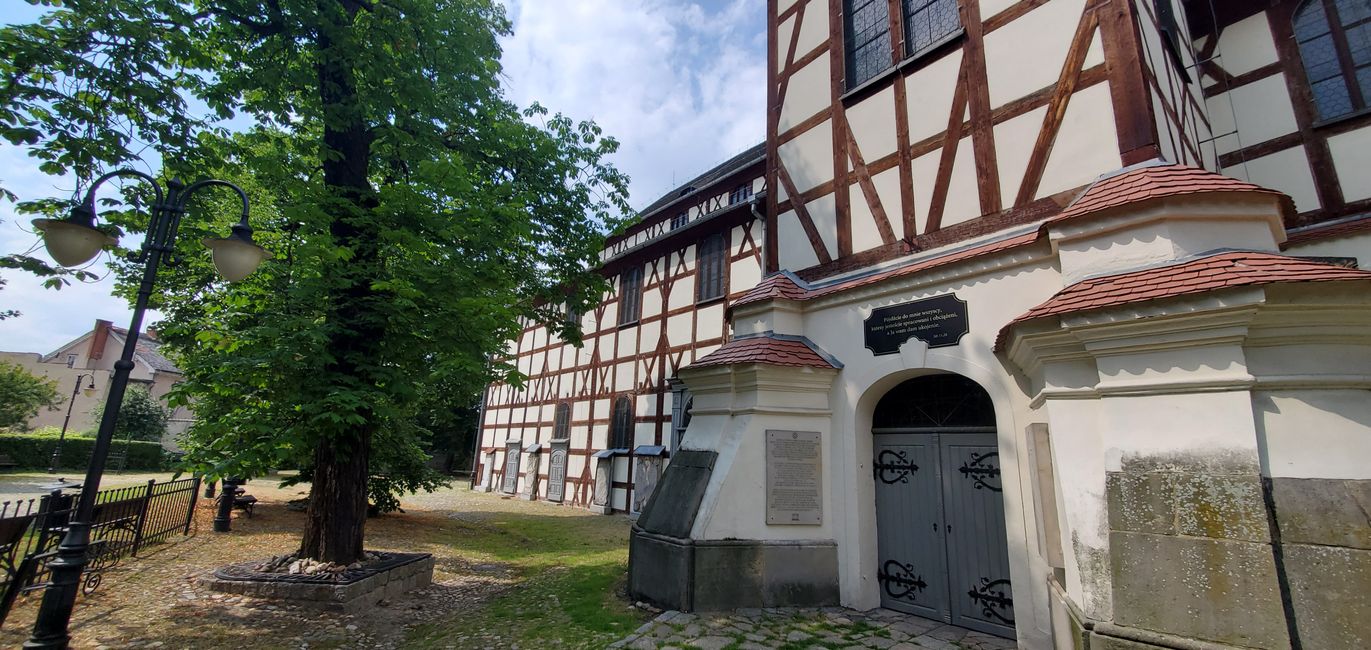
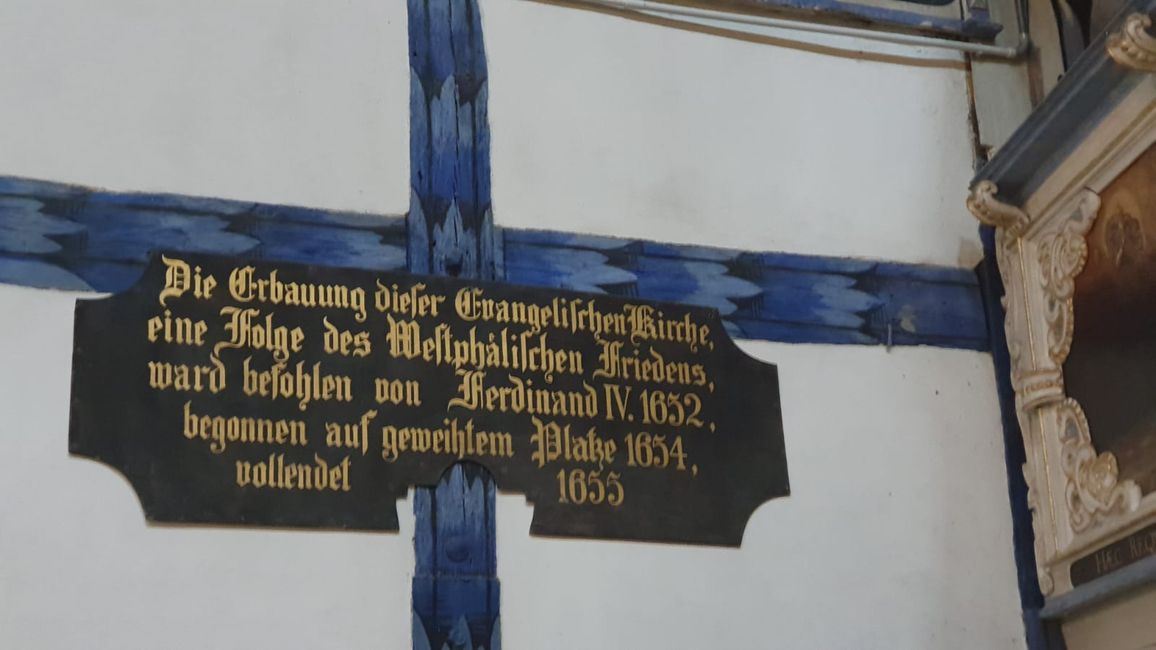

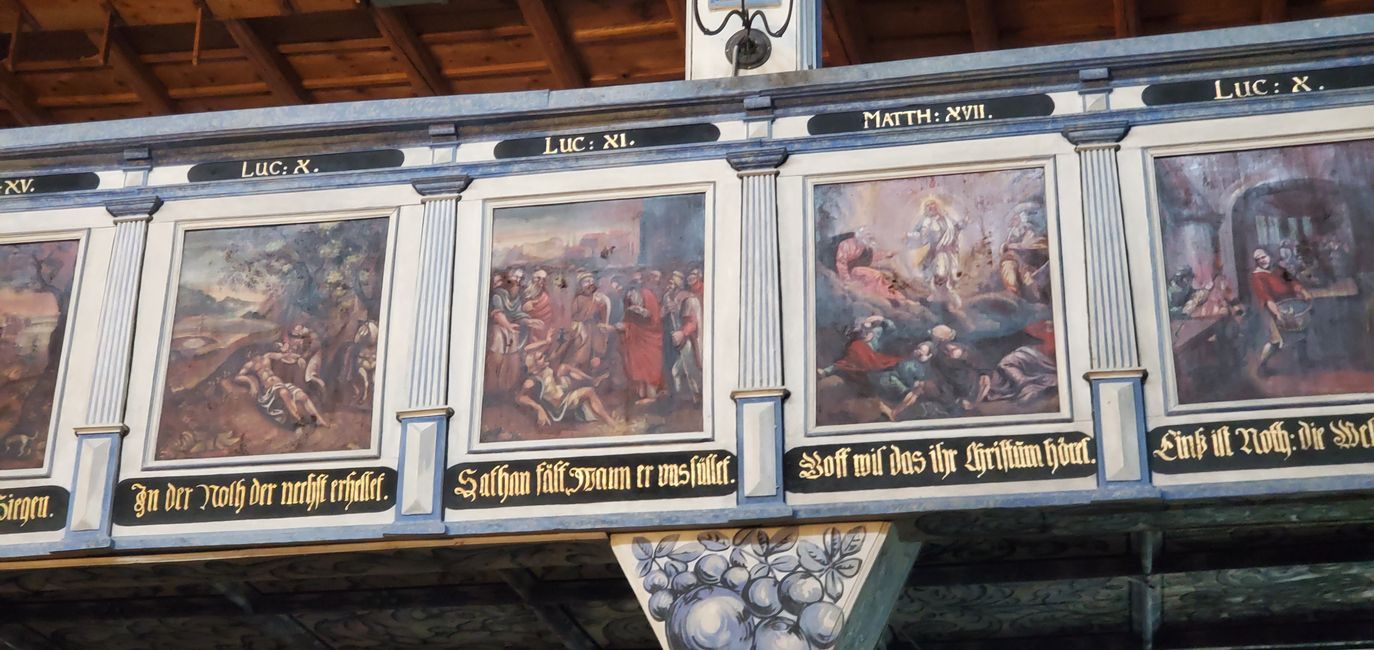
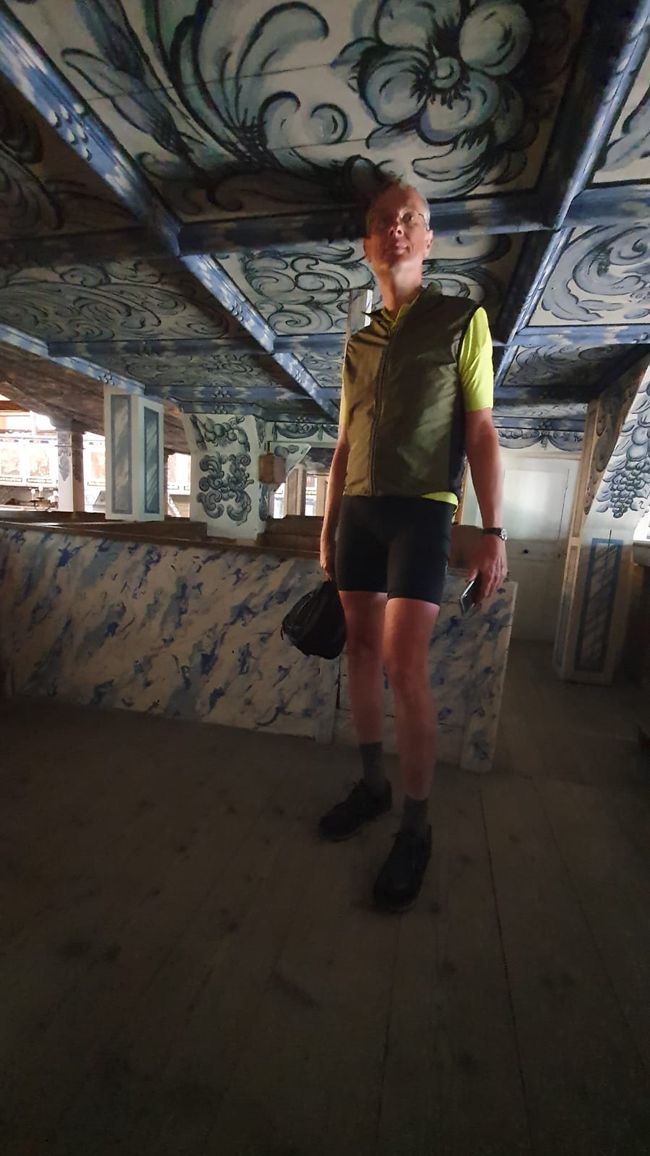
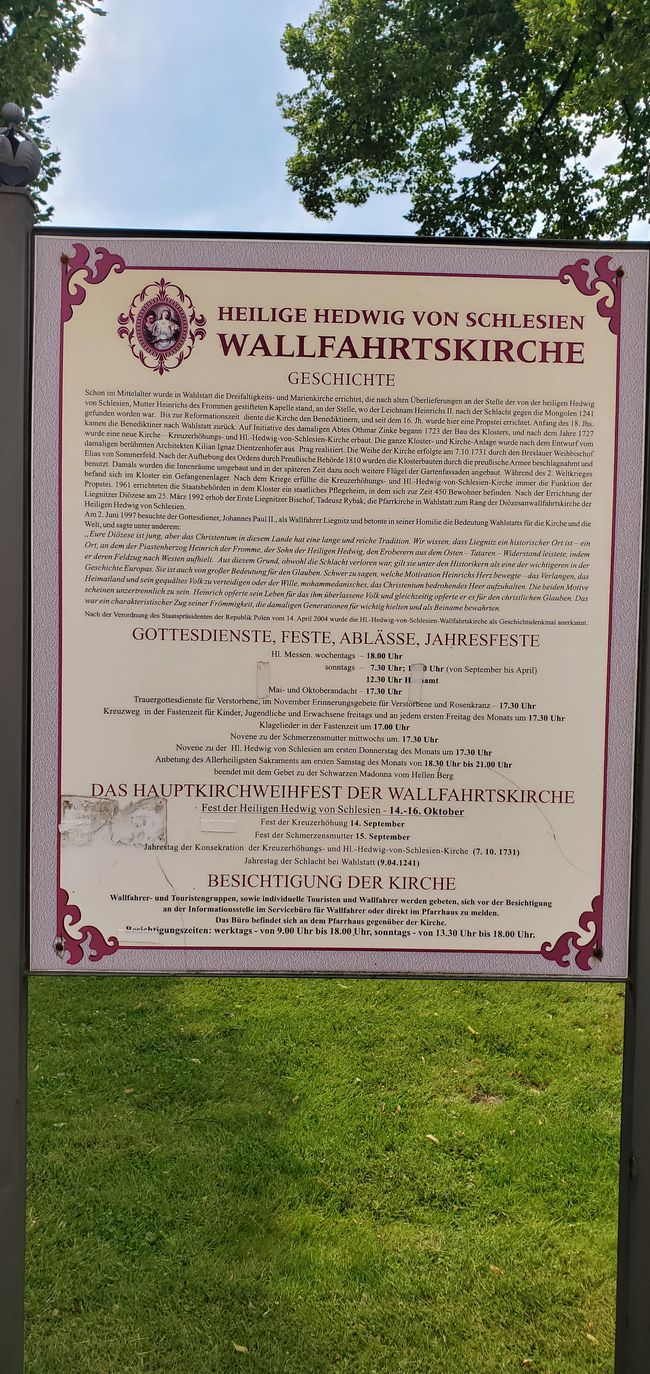
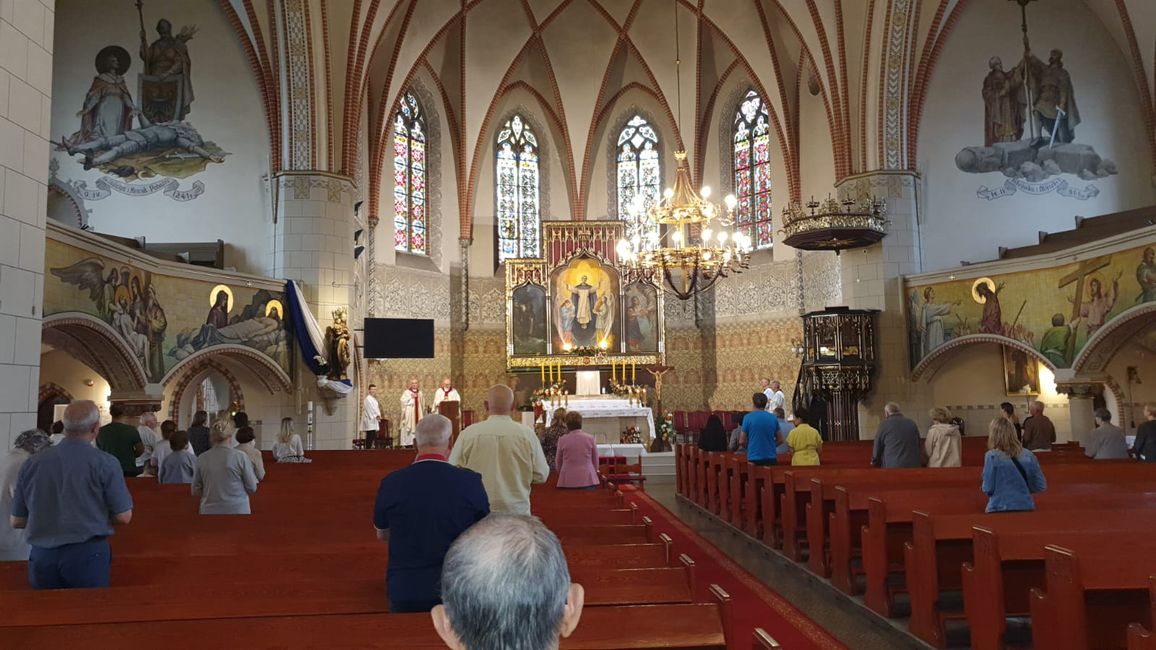
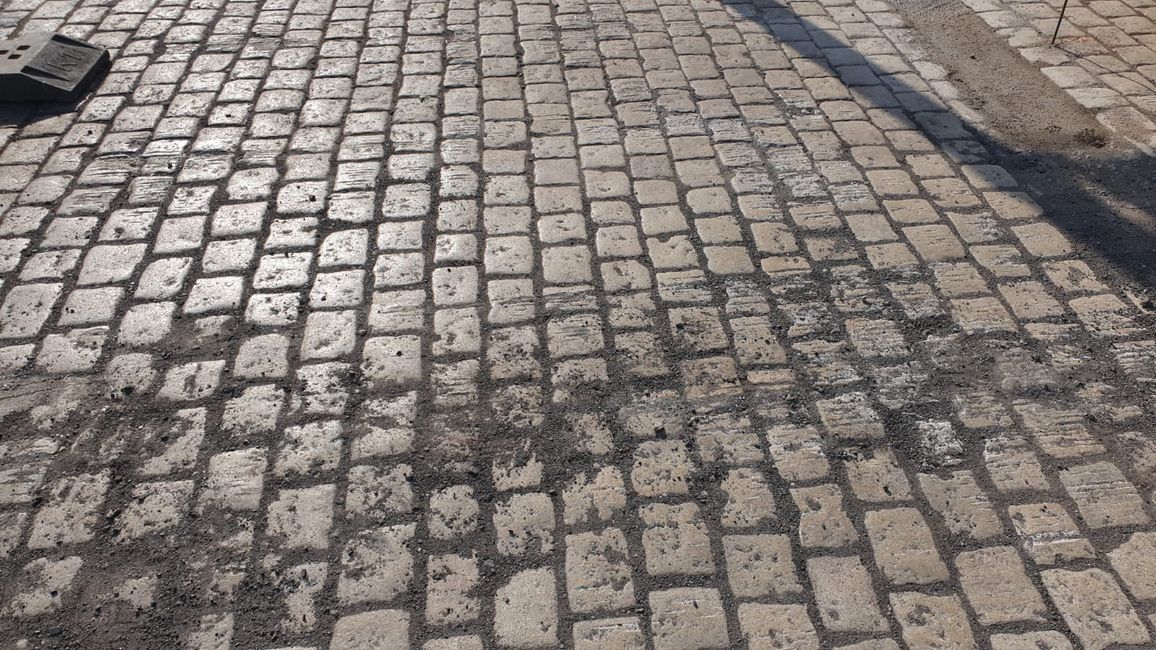
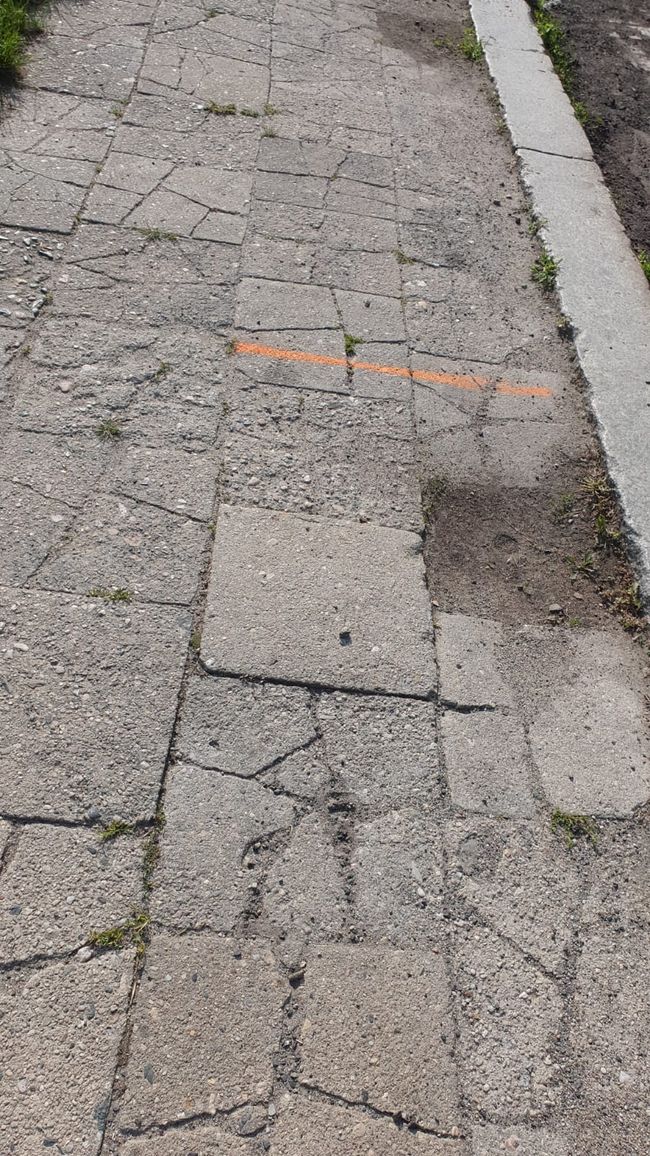
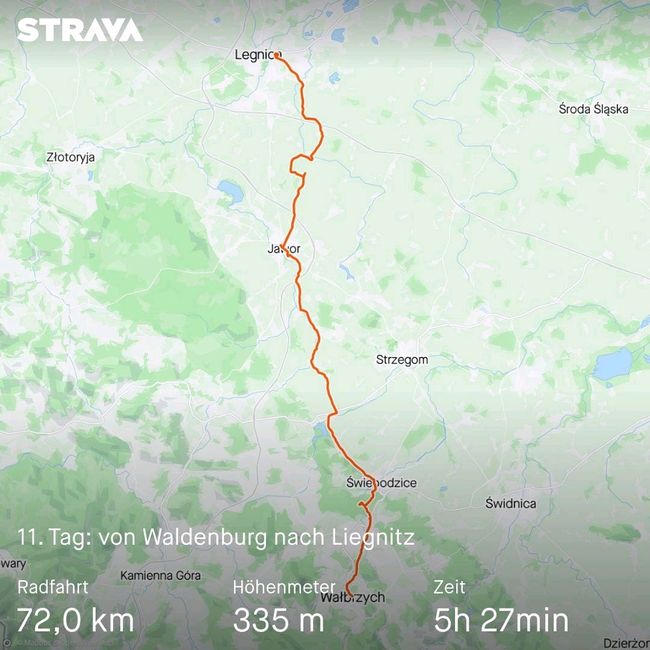
വാർത്താക്കുറിപ്പിലേക്ക് സബ്സ്ക്രൈബ് ചെയ്യുക
It's hard to change. Just like on school trips, I always get tired very quickly when I visit museums and castles. This morning we were at Fürstenstein Castle, the ancestral home of the Hochberg and Pless family, who had lived here since the 13th century and became enormously wealthy through coal mining (there were up to 300 servants in the castle).

Two things have stuck in my memory, apart from the very extroverted Princess Daisy: two freight wagons of coal were needed every day to heat the castle (a heat pump wouldn't have been able to help with that) and - hunters beware! - the prince, in his passion for hunting, is considered to be the inventor of the Pless horn.
During the war, the Nazis built underground tunnels and possibly wanted to use the castle as their headquarters; the underground passages that were destroyed during the withdrawal are often suspected to contain the Amber Room and other items. The Soviets plundered the castle. Today it belongs to the town of Walbrzych.
Since today is apparently a school field trip day in Poland, whole classes populated the castle building in undisguised enthusiasm. Our attempt to sneak into the inevitable class photo was stopped by the teacher.

After the excursion into the world of the nobility, we now come to the time after the Thirty Years' War. In the Peace of Münster and Osnabrück, Protestant Christians were allowed to build three churches in Silesia (hence the Peace Churches), one of them in Jawor (Jauer); conditions included: building material: wood, construction time: max. 1 year, ...


The result is impressive, the church in Jauer can accommodate up to 6000 people and was completed on time in 1655; perhaps best practice sharing is worthwhile here?

The next stop is the year 1241. The Mongols are currently on a European trip and have already sent 4/5 of the population of Silesia to the afterlife; the murderous and pillaging hordes are actually unstoppable. In Wahlstatt near Legnica (Liegnitz) a battle breaks out in which Henry II (the Pious) of Silesia fights with 40,000 men against around 100,000 Mongols and loses his life and the battle. For reasons that are still unclear, the military leader Orda Kahn (probably not an ancestor of Oliver Kahn) turns back with his troops and spares the rest of Europe...

Now that we have left important events in almost 800 years of history behind us, we come to the last and actual goal of today, the so-called Eucharistic miracle, which occurred here in Liegnitz in 2013. A consecrated host that had fallen to the ground was supposed to be dissolved in water, as the Catholic Church provides for this case. However, flesh tissue formed, which a forensic analysis revealed to be the heart tissue of a person in death throes. Sounds scary?
https://eucharistischeswunder-liegnitz.de/ or at
https://youtu.be/xAFbBtqfrGQ?si=yiadQzDkYeyfKYk9
You, dear reader, would like to find out more.

Today it was supposed to be almost all downhill (in fact it was a lot), and the stage was also quite short. But we hadn't reckoned with the Polish road construction (or rather the lack of road construction). And today the stormy wind was in our faces - how annoying...



വാർത്താക്കുറിപ്പിലേക്ക് സബ്സ്ക്രൈബ് ചെയ്യുക
ഉത്തരം
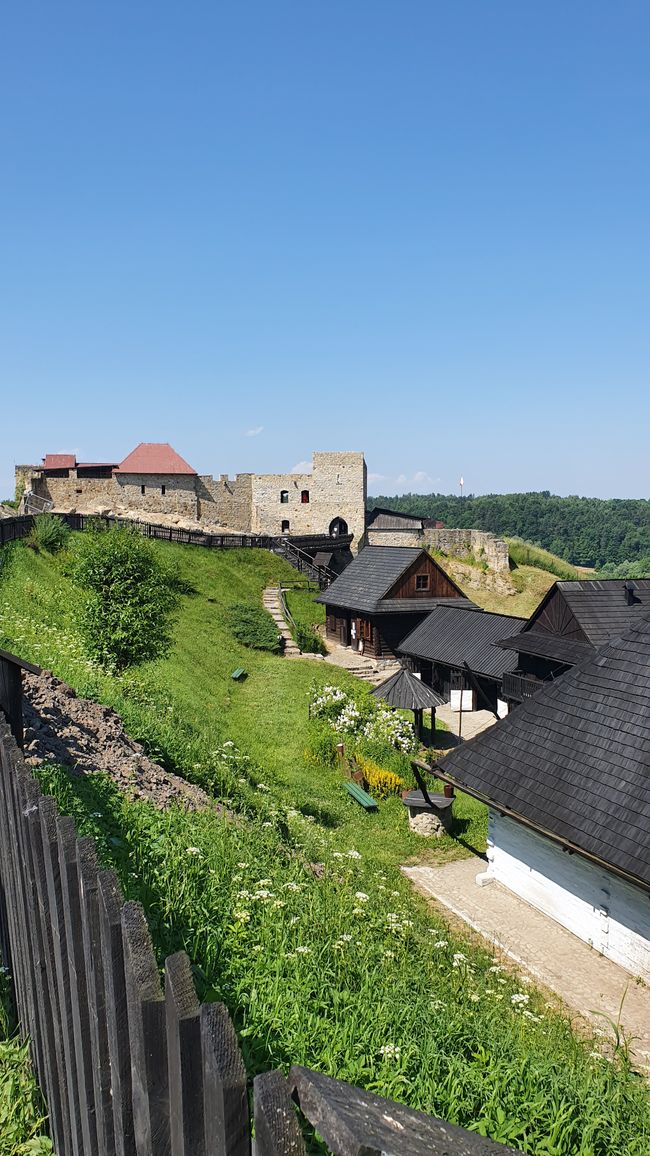
യാത്രാ റിപ്പോർട്ടുകൾ പോളണ്ട്
